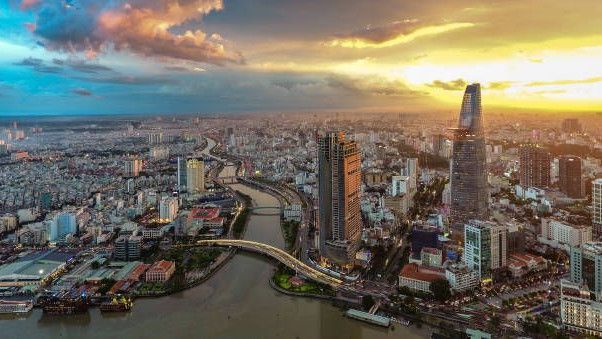According to Eurostat, last year, 70.2% of homes in the EU had
high-speed internet coverage, compared to 16% in 2013. By country, high speed internet
coverage was highest in 2021 in Malta (100%), Luxembourg (96%), Denmark (95%),
Spain (94%), Latvia (90.7%) and the Netherlands (90.6%), followed by Portugal
(with 90.5%) is in seventh place.
The Member States with the fewest fixed high-speed internet
connections were Greece (20%), Cyprus (41%) and Italy (44%). The statistical
office adds that high-speed internet connectivity has also improved in sparsely
populated areas in the EU, as between 2013 and 2021, the coverage of homes in
sparsely populated areas increased from 4% to 37% in the community space.
Yet, despite progress, access levels differ between EU
member states and also within countries. By Member State, Malta again had the
highest high-speed internet coverage in sparsely populated areas in 2021,
followed by Luxembourg, Denmark and the Netherlands (all 79%), while the lowest
percentages were found in Greece (0%), Czech Republic (7%) and Finland (12%).
Portugal was the fifth EU country with the highest
high-speed internet connectivity in sparsely populated areas last year, with
coverage of 75.9%. In 2021, the European Commission has set a target for 2030
to achieve high-speed connectivity in all EU homes and 5G coverage for all
populated areas.













